Should the Us Continue to Engage in South Sudan
Last month's breakthrough between South Sudan's government and its armed opposition on establishing a new transitional government represents a critical step toward ending the country's civil war, a conflict that over the past six years has killed more than 400,000 people and displaced a third of the nation's population of 12 million.
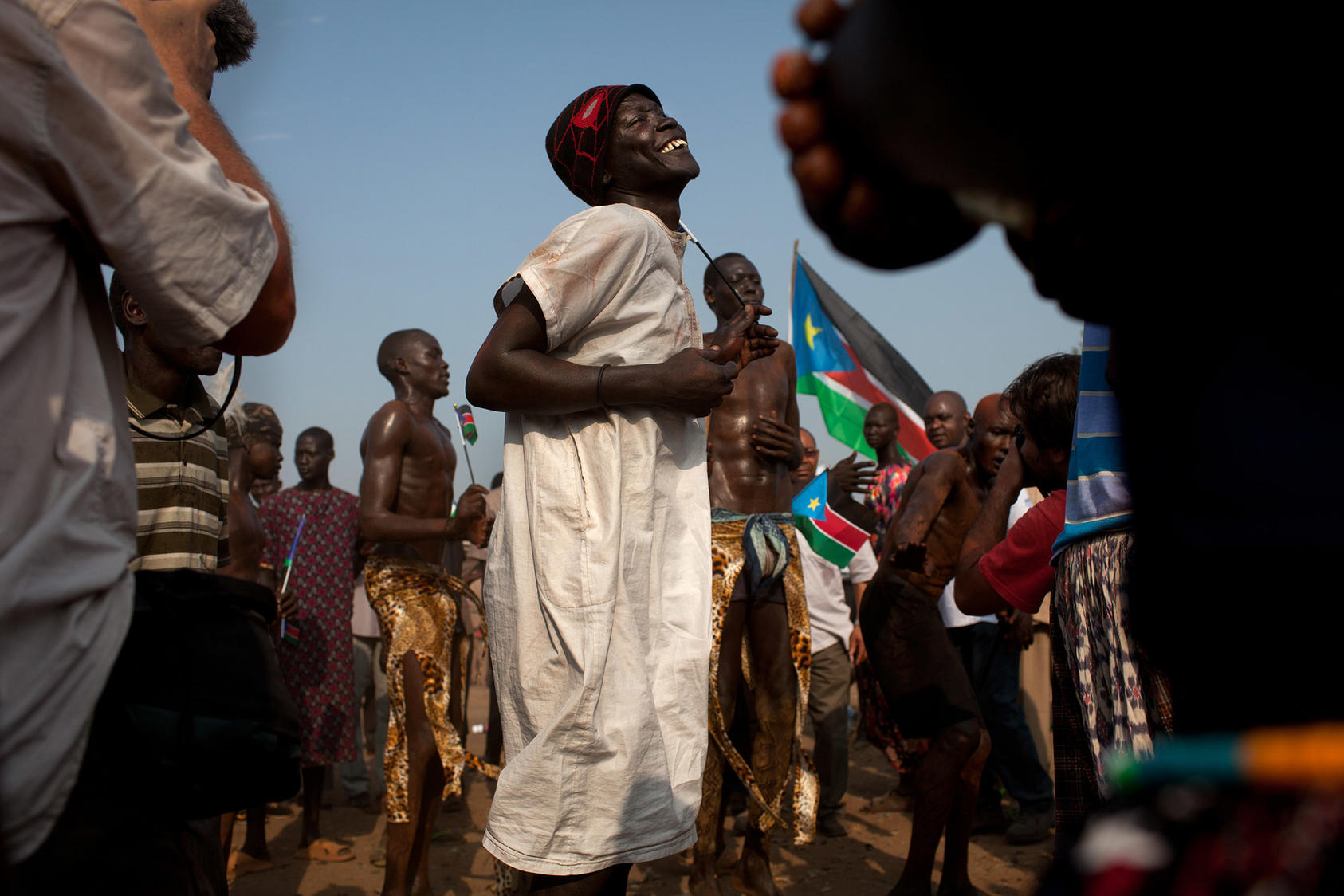
The power-sharing deal was implemented under the"Revitalized Agreement on Resolving the Conflict in South Sudan" (R-ARCSS), a peace accord signed in September 2018 that sets out some lofty goals for the new transitional government: Over a two-year period, the government of national unity is to stabilize the situation; open the way for humanitarian assistance; return and resettle displaced populations; implement a sweeping reform agenda; and prepare the country for elections and the subsequent normalization of politics.
But easing the top-level conflict—symbolized by the signature "handshake" moment between President Salva Kiir and the leader of the biggest opposition party, Riek Machar—by no means addresses the totality of conflict dynamics at work in South Sudan.
Armed conflict tends to proliferate and diversify far beyond the fault lines apparent in national politics. In South Sudan, disputes among elites at the national level have obscured more localized violence, whose causes include perceived marginalization, intercommunal grievances, competition over resources, endemic cattle-raiding and conflict between cattle-keepers and farmers. In a January 2020 report, the United Nations Commission on Human Rights in South Sudan noted that "armed conflict at the national level mostly transformed into localized conflicts at the beginning of December 2018." From February to May 2019, civilian casualties in such conflicts jumped 192 percent from a year earlier, according to the report.
Without a nuanced view of how subnational conflicts relate to the broader one, the transitional government and its international partners won't understand the conflict management initiatives and deal-making needed to create stability.
Critical to developing such an understanding is learning how the citizens of South Sudan perceive the peace process and the politics of the transitional period, and how they experience peace, conflict and political change in their daily lives.
Public Perceptions
Little is known about public attitudes toward peace processes in South Sudan. To help fill that void, the United States Institute of Peace funded a research project, "Perceptions of Peace in South Sudan," to explore public opinion and draw policy lessons for decisionmakers. The project incorporates the methodology of the "Everyday Peace Indicator" initiative, which works with communities on the ground to develop and monitor indicators of peace most relevant to people's daily lives.
In the first stage of the research, the project team conducted interviews and focus groups in five locations across South Sudan to inform the development of a large-scale survey slated for the coming months. The cities and towns included in the first stage—Juba, Bentiu, Pibor, Wau and Yei—were selected for their political leanings between government and opposition; their ethnopolitical composition; the existence of subnational peacemaking initiatives; and their links with national politics. Researchers spoke to more than 120 South Sudanese from all walks of life in the five locations.
While supporting development of the wider study, the preliminary research also provided insights that merit consideration in their own right.
Respondents in all five locations equate peace, first and foremost, with their immediate security situation. When asked what they see as the key signs of peace, most of those interviewed identified freedom of movement—whether within town, between towns, or between towns and the countryside.
The security situation has, in fact, improved significantly since the R-ARCSS was signed. At the moment, movement within towns is relatively safe throughout much of South Sudan. While many rural areas remain volatile due to prevalent cattle-raiding, revenge killing and banditry, there is widely acknowledged progress since the 2018 peace agreement. Other indicators of a better situation include fewer gunshots at night, increased quantity and range of goods in markets, the free movement of combatants without triggering infighting, and steps toward renewal of cultural life.
Citizens directly attribute these advances to "handshake moments" between President Kiir and opposition leader Machar. South Sudan's communication infrastructure is extremely limited, and news that Kiir and Machar appeared to be resolving their differences trickled down to the local level mainly through word of mouth. That was an important signal that the time had come to halt localized armed conflict.
Interviews and focus groups also reinforced the necessity of local conflict-management initiatives more generally. Local politicians such as state governors, alongside church leaders and civil society, are often perceived to play a critical role in managing such subnational conflicts.
Political opinions and the perceived relevance of political issues differ considerably across communities. For example, federalism and devolved government was an issue of major concern in Bentiu and its sister town of Rubkona, home to more than 120,000 internally displaced persons (IDPs) in the largest United Nations-administered civilian-protection camp in the country. The unease stemmed from a presidential decree breaking South Sudan into 32 states, up from the previous 10. The move was unacceptable to the armed opposition and widely seen as promoting ethnopolitical control of the country and its regions. When asked about the conditions they attach to returning to their home locations, IDPs pointed to the resolution of the states issue as a necessary (though not sufficient) step.
Many respondents in Wau state expressed a similar sentiment. Resolution of the dispute proved to be a turning point in formation of the Revitalized Transitional Government of National Unity (R-TGoNU): In February, the government made a last-minute decision to rescind the states decree and revert to 10 states and three "administrative areas." Despite the positive tone set by the agreement among the parties on the number of states, IDPs remain uncertain about the path ahead, and most are waiting to see whether the trend toward political stabilization continues before they consider returning home.
In the towns of Pibor and Yei, by contrast, people pointed to ongoing violence in the surrounding areas as a major issue. In Yei, they emphasized the importance of bringing into the transitional government armed groups that didn't sign the R-ARCSS. Inter-communal cattle-raiding was identified as a serious concern in Pibor, Wau and Bentiu. In interviews, experts and civil society leaders explained that national politics is intertwined with local politics in these locations. At times, politicians can provoke inter-communal violence or use it as an excuse to pursue their interests at the national level. Furthermore, some of those interviewed warned that cattle-raiding and inter-communal conflict cannot be easily contained by awareness and disarmament campaigns.
Respondents were deeply skeptical about the capacity of either government forces or the United Nations Mission in South Sudan (UNMISS) to provide protection and policing that would make disarmament possible. Enduring conflict-management initiatives remain the only option for the foreseeable future.
Roots of Peace
The protracted nature of South Sudan's civil war is commonly explained as the result of the country's political leaders refusing to forge a lasting peace accord, mostly out of selfish interests and mutual mistrust. Our findings suggest that a clear signal of leaders' willingness to come together is key to getting South Sudanese to believe in even the possibility of sustainable peace. This explains why the R-ARCSS in September 2018 heralded a cease-fire, and why respondents in this research felt that the visible unity of leaders in Juba in forming the power-sharing government was necessary for the peace agreement to hold.
Unfortunately, though, South Sudan is host to a multitude of highly localized conflicts where forces amalgamate, align and fall out with each other in what is interpreted as a single civil war. Political leaders—engaged though they may be at local, state or national levels—cannot simply decide on war and peace: They are players in a parallel process of conflict management. International guarantors of peace in South Sudan must take this complexity into account in how they decide to support the new government, conduct diplomacy and design stabilization and development projects. Bringing peace to the country will require engagement that is firmly rooted in the everyday realities of the people of South Sudan.
Jan Pospisil is research director at the Austrian Study Centre for Peace and Conflict Resolution. Oringa Christopher is a lecturer at the University of Juba. Sophia Dawkins is a USIP peace scholar and a Ph.D. candidate in political science at Yale University. David Deng is a South Sudanese-American human rights lawyer and researcher.
Related Publications
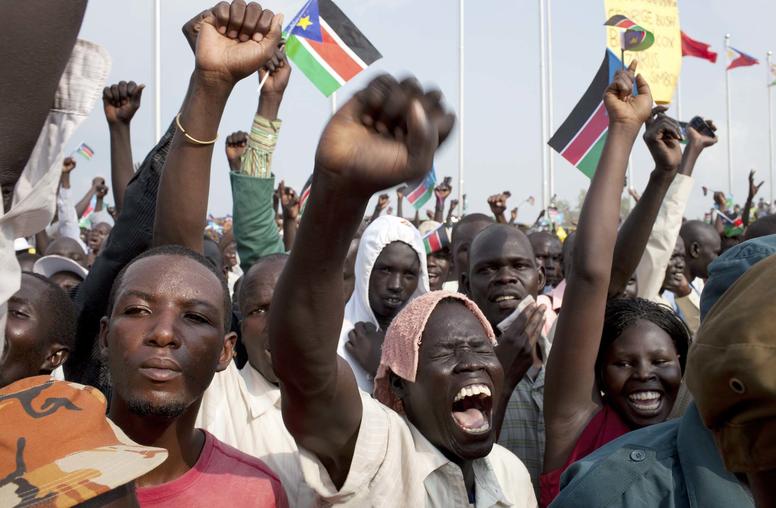
The United States played a key role in the emergence of South Sudan as an independent state 10 years ago. Yet today, U.S. policy toward the country is insufficient to address the continued violence or promote sustainable peace. Even so, it is not too late for U.S. policymakers to embark upon a renewed push for peace. To move forward, they should listen to what South Sudan's people said in the recently concluded National Dialogue and incorporate its recommendations in diplomatic, humanitarian and development strategies for the country.
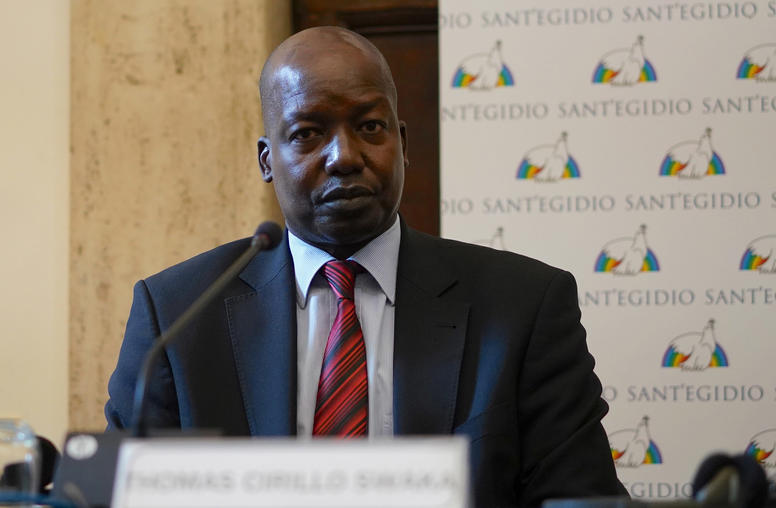
South Sudan's civil war expanded into Equatoria, the country's southernmost region, in 2016, forcing hundreds of thousands to flee into neighboring Uganda in what has been called Africa's largest refugee exodus since the 1994 Rwandan genocide. Equatoria is now the last major hot spot in the civil war. If lasting peace is to come to South Sudan, writes Alan Boswell, it will require a peace effort that more fully reckons with the long-held grievances of Equatorians.
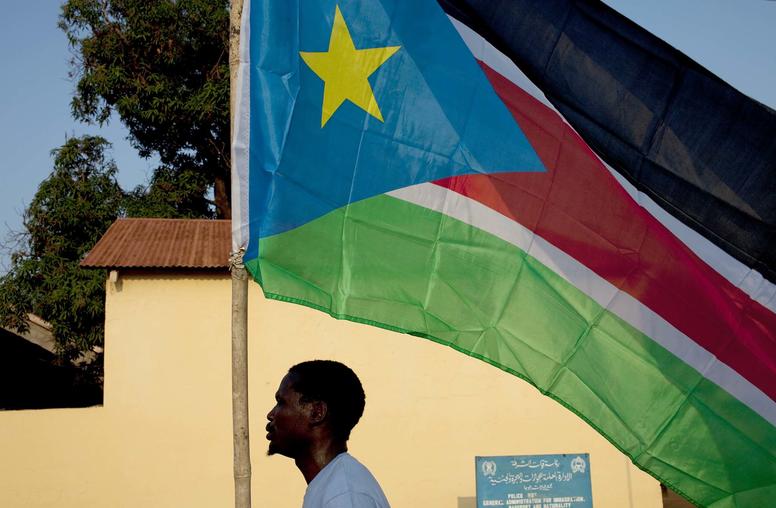
As part of its commitment to learning from peace processes, the U.S. Institute of Peace is pleased to launch the South Sudan Peace Process Archive, which aims to provide South Sudanese citizens, mediators, policymakers, academics and other interested readers a window into the 2013-2015 negotiations that attempted to end the conflict that began in South Sudan in late 2013. Documents for this archive were first assembled and organized in 2016. Now, archive curators and former peace process advisers Zach Vertin and Aly Verjee discuss their motivations for assembling and organizing the documents and what they hope the archive can contribute to future peace processes.
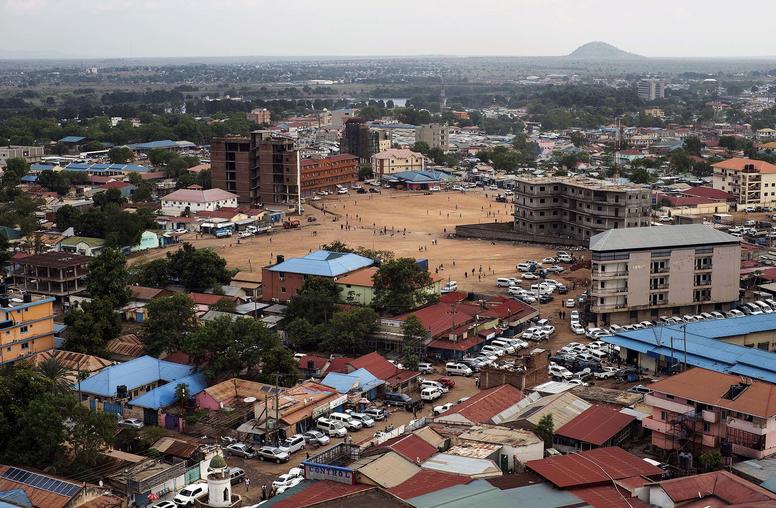
Last year, South Sudan reintroduced 10 subnational states in South Sudan, in place of the 32 states controversially created in 2017. Far from being an obscure matter of administrative organization, the initial, dramatic redivision of territory in the midst of protracted violence and large-scale displacement had a significant impact on representation, as well as social, economic, and political relations throughout the country. In 2018-19, researchers commissioned by USIP sought to better understand the decision-making process behind the creation of the 32 states in South Sudan. Researchers Matthew Pritchard and Aly Verjee discuss their findings in light of current developments.
Source: https://www.usip.org/publications/2020/03/south-sudans-transition-citizens-perception-peace
0 Response to "Should the Us Continue to Engage in South Sudan"
Post a Comment